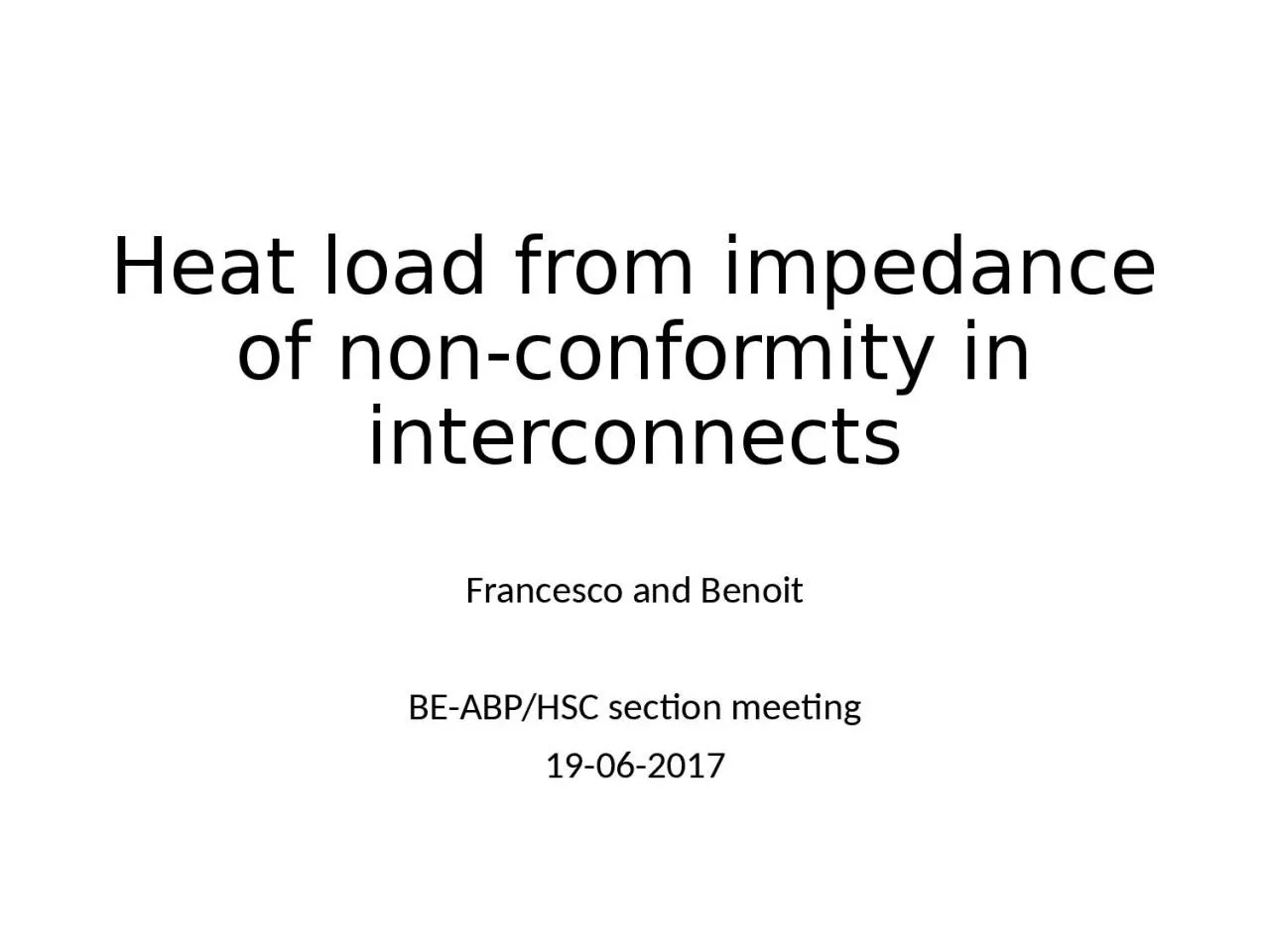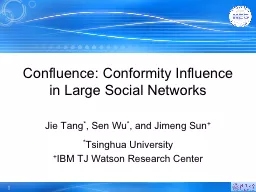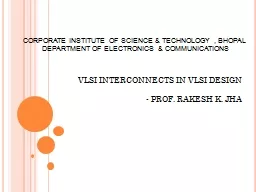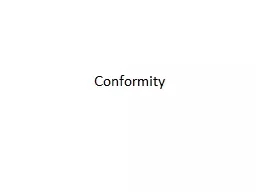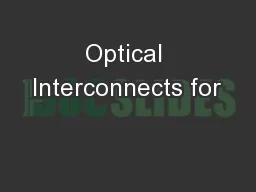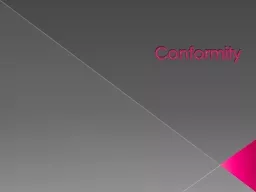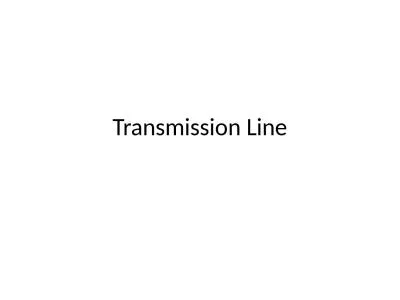PPT-Heat load from impedance of non-conformity in interconnects
Author : belinda | Published Date : 2023-10-25
Francesco and Benoit BEABPHSC section meeting 19062017 LHC PIMS Need to check in elongated position Nonconformity observed by Cedric Garion one clear nonconformity
Presentation Embed Code
Download Presentation
Download Presentation The PPT/PDF document "Heat load from impedance of non-conformi..." is the property of its rightful owner. Permission is granted to download and print the materials on this website for personal, non-commercial use only, and to display it on your personal computer provided you do not modify the materials and that you retain all copyright notices contained in the materials. By downloading content from our website, you accept the terms of this agreement.
Heat load from impedance of non-conformity in interconnects: Transcript
Download Rules Of Document
"Heat load from impedance of non-conformity in interconnects"The content belongs to its owner. You may download and print it for personal use, without modification, and keep all copyright notices. By downloading, you agree to these terms.
Related Documents

